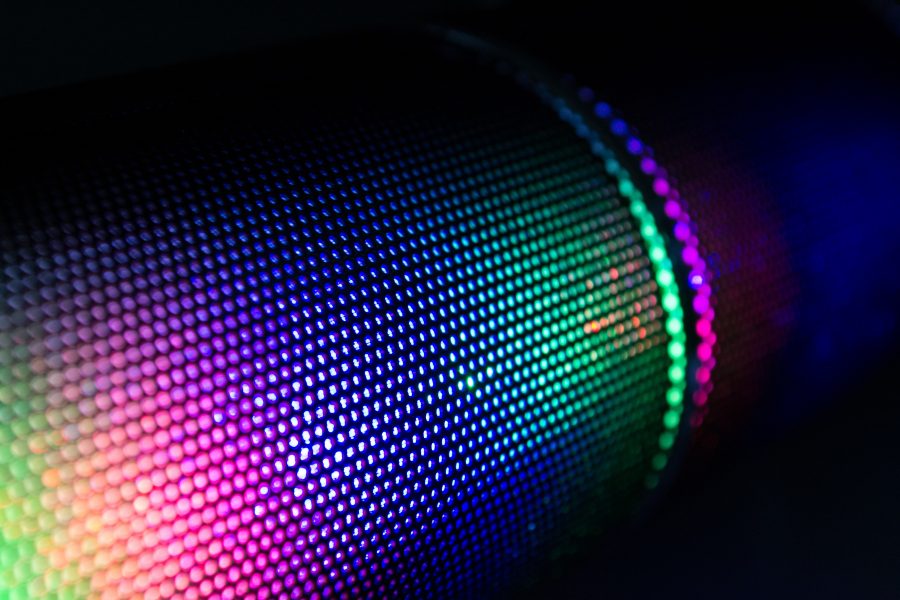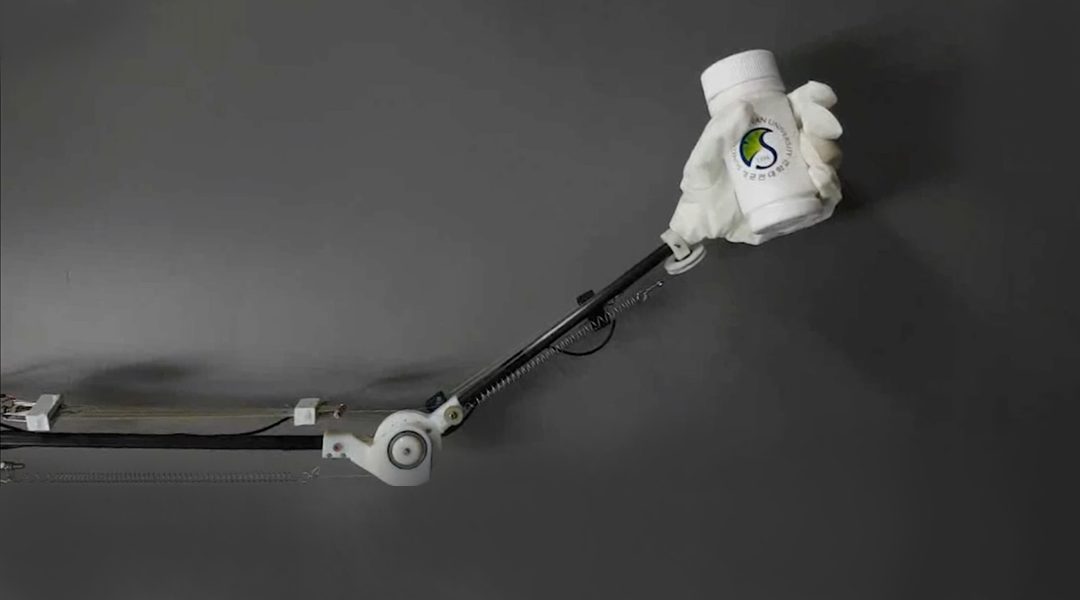Orange peels for water purification – a zesty new approach.


Orange peels for water purification – a zesty new approach.

A novel algorithm on the basis of an iterative approach with regularized linear regression reconstructs 3D atomic images.
![Advancing Photonic Devices with 2D Semiconductors [Video]](https://www.advancedsciencenews.com/wp-content/uploads/2018/11/adma201802687_ASN_image.jpg)
Novel photonic device concepts can be realized with transition metal dichalcogenides.

Prof. Xun Wang reflects on a moment of inspiration, his current research on sub-nanomaterials, and other research inspiring him today.
![Carbon Nanomaterials in Healthcare [Video]](https://www.advancedsciencenews.com/wp-content/uploads/2018/11/adma201802368_ASN_image.jpg)
Carbon nanomaterials are promising therapeutic and diagnostic agents for healthcare applications including imaging and drug-delivery.

Advanced Engineering Materials celebrates its 20th Anniversary in 2019.
![Understanding Multifield Coupling Phenomena in Materials [Video]](https://www.advancedsciencenews.com/wp-content/uploads/2018/11/adma201803064_ASN_image.bmp)
Scanning probe microscopy is a powerful characterization tool for studying MCP in materials.

Spandex is pre-stretched and twisted with the free standing nylon to compensate the difference of stiffness to obtain a double-helix twisted and coiled soft actuator.
![Challenges in Manganese-Oxide-Based Energy Storage [Video]](https://www.advancedsciencenews.com/wp-content/uploads/2018/11/adma201802569_ASN_image.jpg)
The high theoretical capacitance of manganese oxide makes it appealing as an electrode material for batteries, but several obstacles remain.

In their review published in BioEssays, Arnaud Gautier and Alison Tebo discuss new labeling protocols, actuation methods and biosensors based on fluorogenic protein systems.